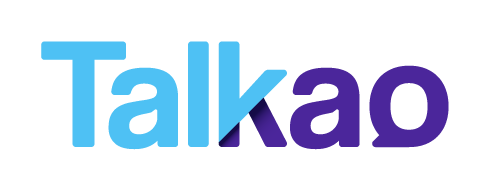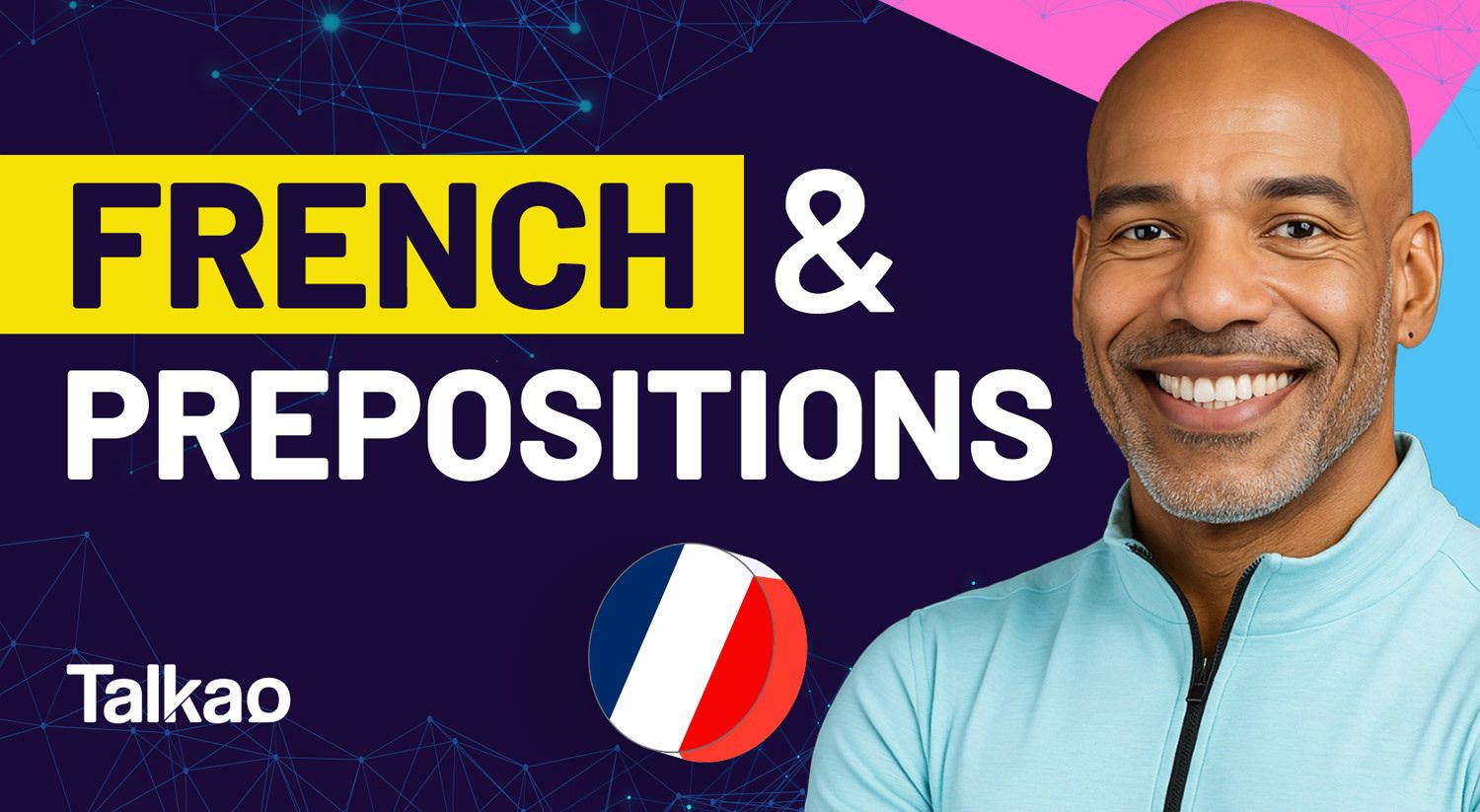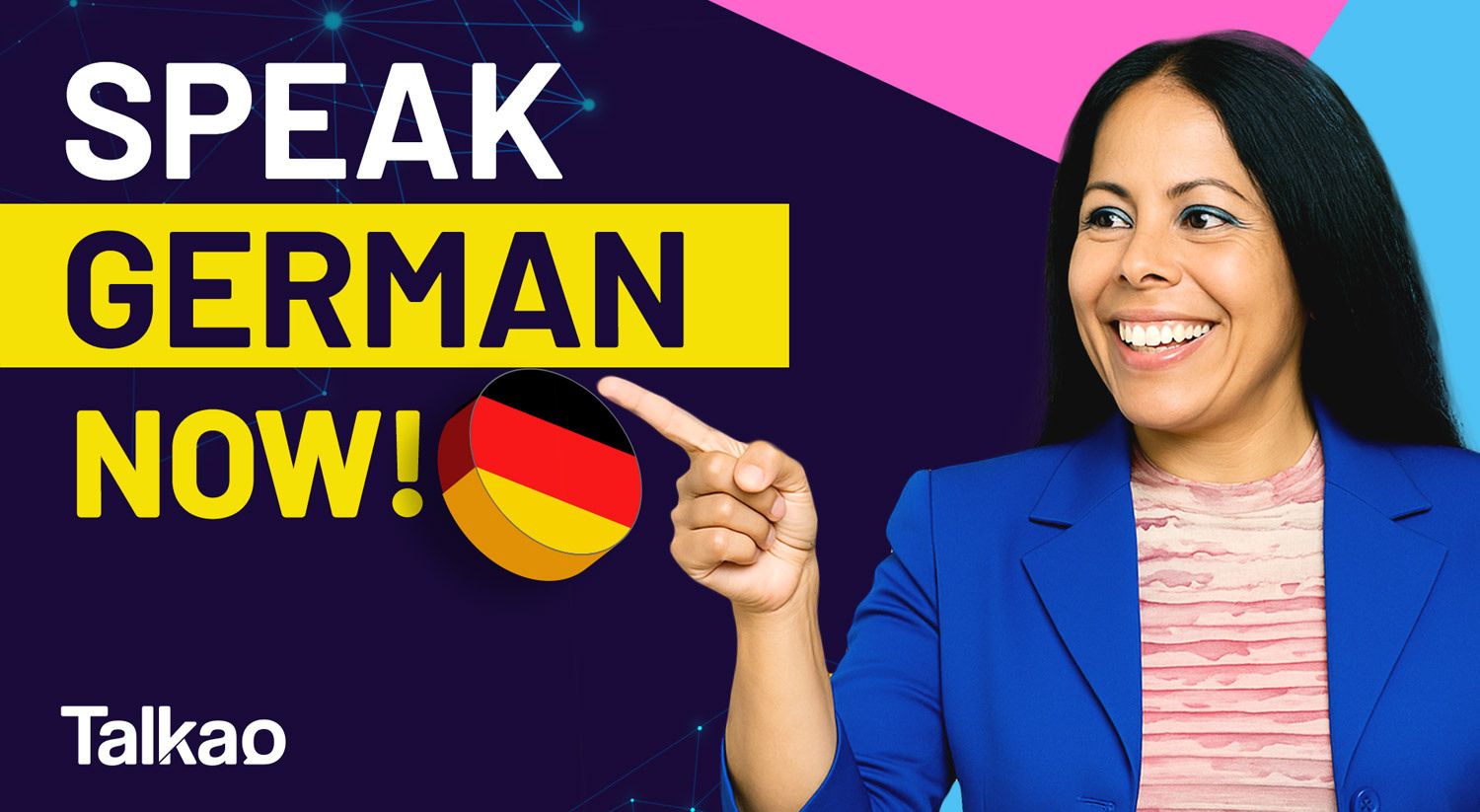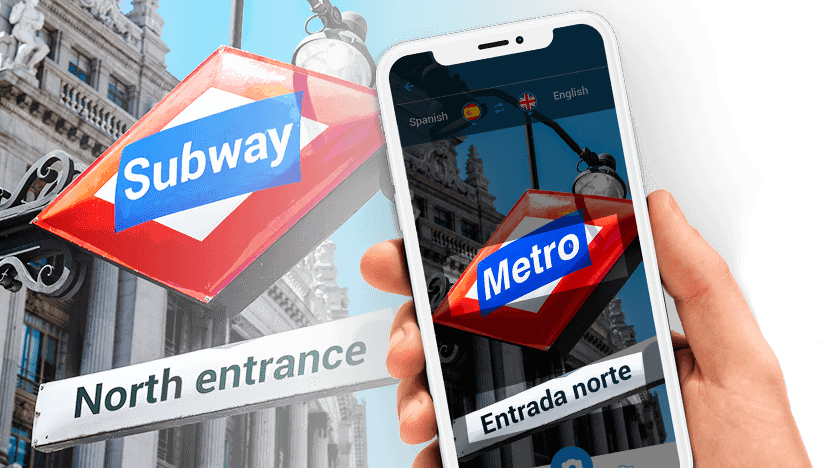
Many people dream of mastering the ability to learn languages faster and speak any language with minimal effort. While this may sound like an unattainable fantasy, it’s entirely possible. And no, contrary to what you might think, you don’t need to be a genius to achieve it. That’s right—you don’t require superior intelligence or a gifted brain to understand and communicate in any language. So, how can you accomplish such a seemingly complex feat? It’s simple: with a series of proven methods that help reprogram your brain and unlock your linguistic potential.
Today, you’ll discover some highly recommended methods from experts to learn languages faster. The best part? You can achieve this without enormous effort or spending a fortune on your education. Many of these methods are easy to apply and don’t require a million-dollar investment.
Get ready, because today you’ll learn how to speed up your language learning process!
Let’s dive in, but first…
Can you learn languages faster without compromising quality?
It’s natural to think that speed and quality might be contradictory concepts. You might assume that learning a language faster involves a superficial, slapdash approach. It’s also reasonable to believe that speed in learning sacrifices deeper elements of understanding, such as grammar, spelling, and vocabulary, to accelerate the process. While this can be true in some cases, the methods we’ll share today prove that quality and speed can coexist.
If you set your mind to it and apply the right method, you can learn languages faster while achieving a solid level of proficiency. You’ll be able to speak, understand, write, and grasp grammar in an accelerated manner. However, let’s be clear: “faster” does not mean “easier.” In fact, some methods may demand greater complexity and immersion.
That said, it’s crucial to understand how your brain is wired to absorb a vast amount of knowledge in a short time. Our brain structures are highly adaptable, capable of intensive and progressive learning. Here’s the key: reprogramming your brain. No, we’re not talking about Jedi mind tricks or telekinesis. Instead, you’ll discover scientifically proven methodologies to learn anything quickly—including languages.
Let’s explore the 10 most effective learning methods.

Method 1 to learn languages faster: Total immersion
Total immersion is one of the most effective ways to learn languages quickly. This method involves fully immersing yourself in an environment where the language you want to learn is dominant. In other words, it requires moving to a region or country where the target language is the primary means of communication. Immersion also involves integrating into the local culture, customs, and way of life.
But how does total immersion help you learn languages faster? The magic lies in the transformation it brings to your brain. Living like a native and needing to communicate for everyday tasks triggers your brain’s “survival mode.” This is one of the brain’s most remarkable abilities. In extreme situations, your cognitive and memory processes accelerate dramatically.
If you’re looking to learn languages faster, total immersion is one of the most effective approaches. However, as you might expect, it comes with its challenges. It requires significant life changes, such as temporarily relocating to a new region or country. Additionally, it can be a costly method and requires careful analysis of the living conditions in the chosen location. For those reasons, there’s an alternative immersion method that doesn’t require leaving your home.
Method 2 to learn languages faster: Partial immersion
This method resembles total immersion in many ways, but with a crucial difference: it doesn’t involve packing your bags and moving to a new country. Chances are, you can find local immersion programs in your area. Many language schools offer what are known as bootcamps, an approach inspired by military training. These programs emphasize immersive, intensive, and highly demanding learning environments.
Like a soldier preparing for battle, you can learn languages faster without crossing borders. These programs immerse you in an environment where the target language is the only one spoken. They push you to speak, write, and express yourself exclusively in that language.
Many bootcamps even enforce a “no native language” rule. While these programs are intense and demanding, they deliver excellent results, enabling you to learn quickly and with high quality.
Not all methods are this rigorous or costly. Let’s explore some options that require less effort and investment.
Method 3 for learning languages faster: Microlearning
Microlearning teaches you to learn languages faster by breaking down the process into smaller, high-intensity lessons. Instead of long, drawn-out classes, microlearning involves shorter, more frequent sessions with greater focus. This method allows you to take in more lessons over a shorter period while maintaining a higher level of engagement and intensity.
The effectiveness of microlearning lies in its ability to train your brain to process new knowledge more rapidly. These concentrated bursts of learning are specifically designed to help your brain adapt to absorbing information in a shorter time frame. Over the long term, this approach enhances your ability to retain information effectively, as your brain becomes conditioned to process and store data at an accelerated pace. Additionally, shorter sessions help prevent mental fatigue, allowing your memory to develop more robustly.
Method 4: Visual association or the “Rosetta Method”
Does the term “Rosetta Stone” ring a bell? This ancient artifact enabled archaeologists to decipher Egyptian hieroglyphs. Similarly, the Rosetta method teaches you to learn languages faster through image-word associations. By tapping into your brain’s innate visual learning abilities, this approach helps you grasp new languages more intuitively.
Rather than focusing on translating text, phonetics, or writing, the Rosetta method uses imagery to establish connections with the new language. Typically, learning involves translating a word into your native language and then transforming it into the target language.
However, with this visual method, your native language is bypassed entirely—you move straight from images to the target language. This mimics how infants naturally learn to speak: by associating objects with words in their environment.

Method 5: Virtual Reality and Augmented Reality
Thanks to advancements in technology, virtual and augmented reality are revolutionizing how people learn languages faster. Think of it as a virtual version of immersion. Using augmented reality (AR) apps, you can dive into simulated environments where you’ll need to interact in another language.
From a cognitive perspective, this method activates the same neural pathways as full immersion in a real-world environment. By placing your brain in “survival mode,” VR and AR tools accelerate the learning process. You’ll find yourself acquiring vocabulary, grammar, and conversational skills more quickly.
This innovative approach delivers remarkable results, combining speed with quality. Whether you’re exploring a virtual café in Paris or navigating a simulated marketplace in Tokyo, these technologies provide a dynamic and engaging way to learn languages effectively.
Method 6: Language learning apps
Once again, technology comes to the rescue, offering tools to help you learn languages faster. Apps like Talkao Translate allow you to practice pronunciation, writing, and grammar in your target language. Paired with resources such as the Talkao Dictionary, you can master spelling, grammatical structure, and, most importantly, the meaning of words.
These tech-based tools are widely embraced by communication giants like Google and Apple. Additionally, many of these apps use algorithms similar to those found in social media. What does this mean? They’re customizable, leverage machine learning, and are powered by artificial intelligence. Essentially, the more you use them, the better they adapt to your needs and goals, creating a personalized learning experience tailored just for you.
Method 7: Artificial Intelligence
This method shares similarities with the previous one, but artificial intelligence (AI) extends beyond apps and software. In modern education, machine learning and big data principles are being used to design accelerated learning systems, with language acquisition being a prime focus.
Some world-renowned universities and educational platforms now integrate AI into their curricula. This technology accelerates teaching processes and personalizes them, creating a “custom-made” learning plan. Think of it as a course specially crafted for you—AI-driven lessons adapt to your pace, cognitive level, and learning capacity. Over time, AI identifies the best methods for you and optimizes the way you absorb knowledge.
Method 8: Interaction with native speakers
Leaving technology aside, this method takes a more traditional yet highly effective approach. Engaging with native speakers of your target language is one of the fastest ways to learn. It’s like creating your own immersion experience.
You’ll be amazed at how quickly you pick up a language when communicating with people who don’t speak your native tongue. In a short time, your listening skills will adapt, and you’ll start speaking almost naturally. How can you do this? Many language schools offer conversation clubs where you can practice with native speakers. Alternatively, you can meet and interact with foreign speakers in your community. This unique experience will accelerate your learning process significantly.
Method 9: Learning through art
This method might be unconventional, but it’s incredibly effective. Using music, movies, theater, and television, you can learn languages faster while enjoying cultural immersion. Apps like Talkao Translate can help you translate song lyrics or books written in another language.
With the Talkao Camera Translator, you won’t even have to type! Just point your phone’s camera at any text, and the app will translate it—even if it’s embedded in an image. This feature is perfect for translating books, brochures, magazines, newspapers, or any text written in foreign alphabets like Arabic, Chinese, Japanese, or Cyrillic. Talkao supports over 100 different alphabets, making it a powerful tool for language learning through art.
Method 10: Self-Induced immersion
This final method is one of the most unique and requires significant self-discipline. Self-induced immersion involves completely transforming your environment to reflect the language you want to learn.
Start by setting all your electronic devices to the new language. Force yourself to read, write, and even speak in the target language daily. Change the language settings on your computer, TV, and any other devices you use.
Through natural adaptation, you’ll gradually familiarize yourself with the sounds, writing, and expressions of the new language. This self-imposed immersion can significantly speed up your learning process, making it even more effective than some traditional methods.
Learning languages faster is entirely possible if you apply one or more of these methods. By incorporating tools like Talkao’s translation apps, you’ll achieve your language goals sooner than you think!










Newsletter